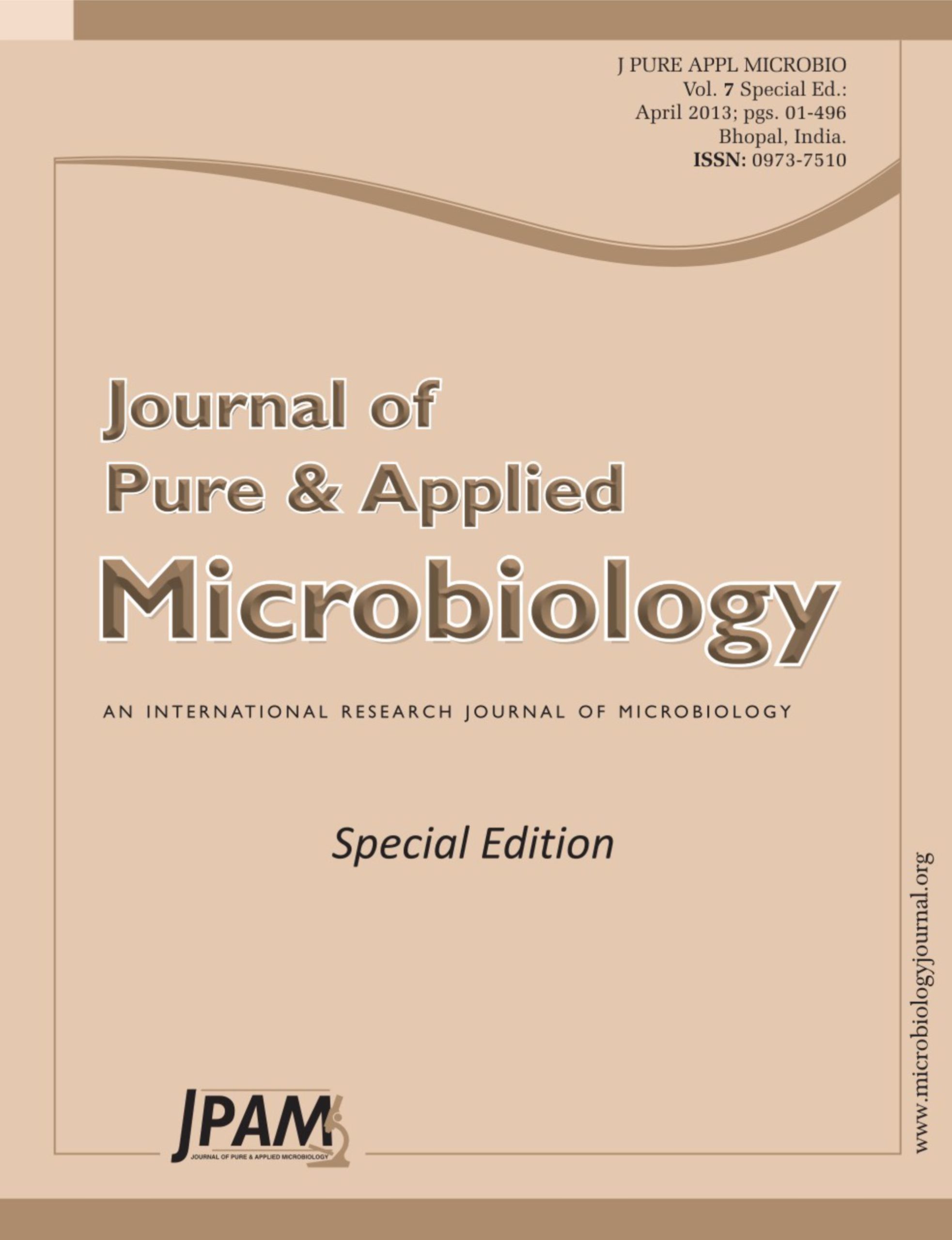Recent biological studies of bacterial colonies have revealed diverse complex social behaviors, including cooperation in foraging, building, dispersing and communicating. In order to provide the novel models of bacterial foraging behavior and new methods for distributed nongradient optimization, this paper proposed a computational simulation model of bacterial colony by combining chemotaxis, cell-to-cell communication, and a self-adaptive foraging strategy. The simulation results show that the proposed model of artificial bacterial colony exhibit the property identified by microorganisms that their foraging is social and adaptive in order to be able to climb noisy gradients in nutrients. This provides a connection between evolutionary forces in bacterial social foraging and distributed nongradient optimizational algorithm design for global optimization over noisy surfaces.
Bacterial Colony Forging, Chemotaxis, Global Optimization
© The Author(s) 2013. Open Access. This article is distributed under the terms of the Creative Commons Attribution 4.0 International License which permits unrestricted use, sharing, distribution, and reproduction in any medium, provided you give appropriate credit to the original author(s) and the source, provide a link to the Creative Commons license, and indicate if changes were made.


